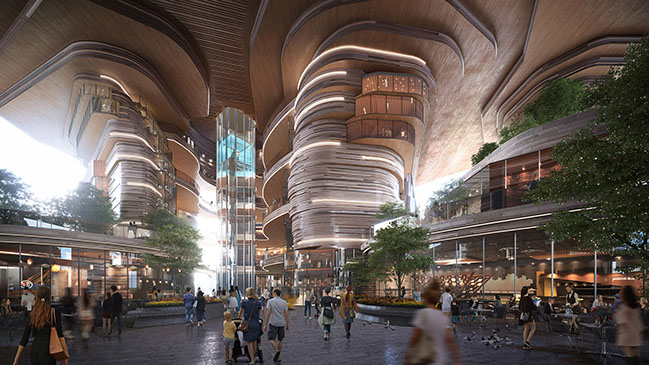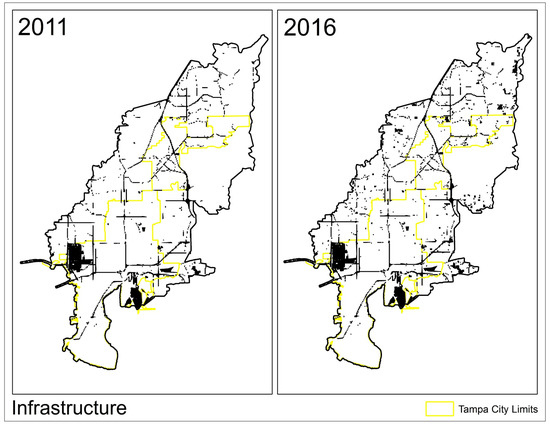

Specifically, after World War II urban planning largely centered around the use of municipal zoning ordinances to segregate residential from commercial and industrial development, and focused on the construction of low-density single-family detached houses as the preferred housing format for the growing middle class. But with the advent of cheap automobiles and favorable government policies, attention began to shift away from cities and towards ways of growth more focused on the needs of the car. For most of human history this meant a city that was entirely walkable, although with the development of mass transit, the reach of the city extended outward along transit lines, allowing for the growth of new pedestrian communities such as streetcar suburbs.

Until the mid 20th century, cities were generally organized into and developed around mixed-use walkable neighborhoods. The movement's principles are reflected in the field of Complementary architecture. The ten Principles of Intelligent Urbanism also phrase guidelines for New Urbanist approaches.Īrchitecturally, New Urbanist developments are often accompanied by New Classical, postmodern, or vernacular styles, although that is not always the case. The Charter of the New Urbanism also covers issues such as historic preservation, safe streets, green building, and the redevelopment of brownfield land. They also hope to increase the supply of affordable housing and rein in suburban sprawl. They believe their strategies can reduce traffic congestion by encouraging the population to ride bikes, walk, or take the train. New Urbanists support regional planning for open space context-appropriate architecture and planning adequate provision of infrastructure such as sporting facilities, libraries and community centres and the balanced development of jobs and housing. We advocate the restructuring of public policy and development practices to support the following principles: neighborhoods should be diverse in use and population communities should be designed for the pedestrian and transit as well as the car cities and towns should be shaped by physically defined and universally accessible public spaces and community institutions urban places should be framed by architecture and landscape design that celebrate local history, climate, ecology, and building practice. Its foundational text is the Charter of the New Urbanism, which begins: The organizing body for New Urbanism is the Congress for the New Urbanism, founded in 1993.


 0 kommentar(er)
0 kommentar(er)
